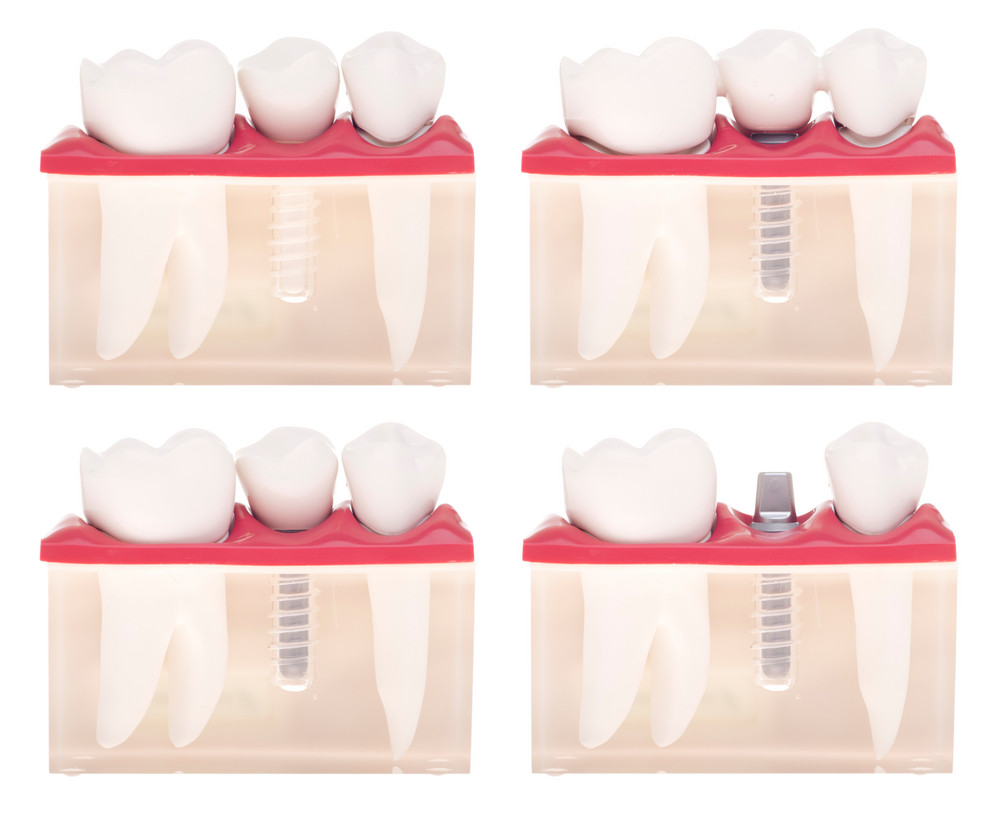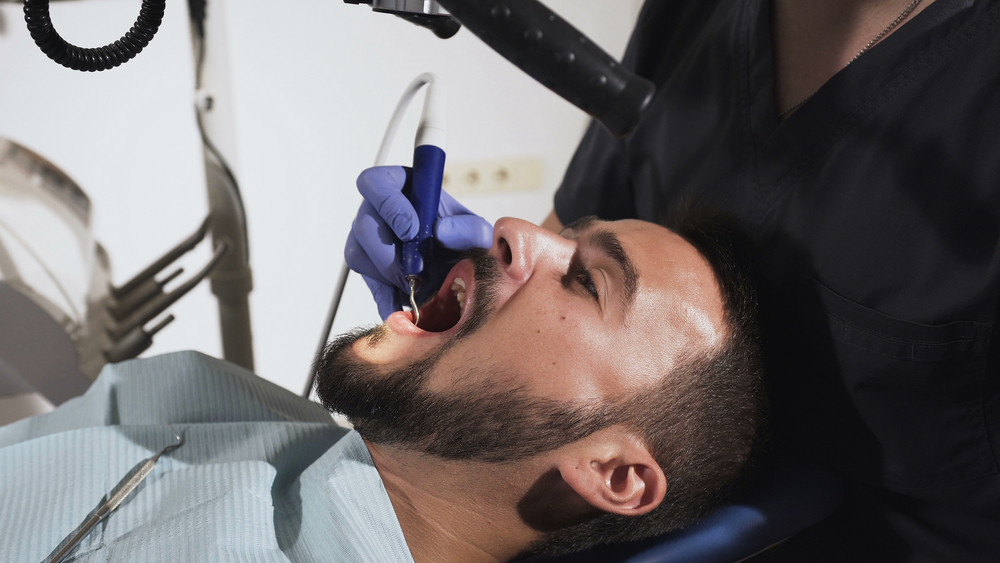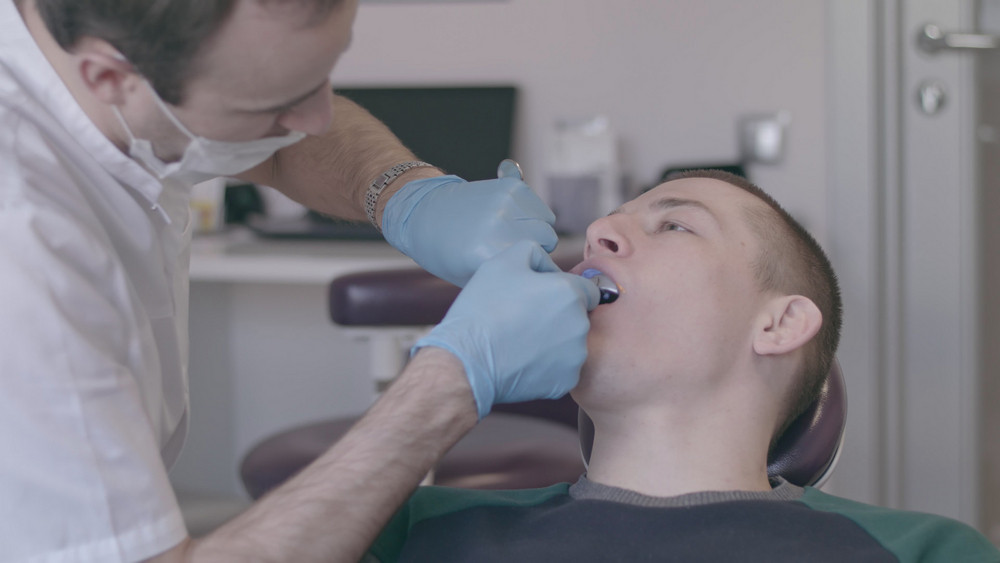

Highlights
- Understanding the average lifespan of dental implants
- Key factors that influence implant longevity
- Tips for extending the life of your implants
- Maintenance and professional follow-up considerations
- How dental implant materials and placement affect durability

1. What Is the Average Lifespan of Dental Implants?
Dental implants are widely recognized as a durable and long-term solution for missing teeth. On average, dental implants can last between 15 to 25 years or more. According to the American Academy of Implant Dentistry, with proper care and regular checkups, many implants can last a lifetime. The titanium post that integrates with the jawbone is designed to be a permanent fixture, although the crown attached to it may require replacement every 10 to 15 years due to wear. The longevity of an implant depends heavily on factors such as oral hygiene, lifestyle habits, and the quality of the materials used. For most patients, implants are a long-term investment in oral function and aesthetics. It’s important to note that each patient’s case is unique, and ongoing dental supervision plays a pivotal role in optimizing implant performance over time. The more proactive a patient is about their oral health, the better the outcome in terms of implant longevity.
2. What Factors Influence How Long Dental Implants Last?
Several variables determine the lifespan of a dental implant. First, the skill of the dental surgeon and the quality of the implant materials play a crucial role. Titanium and zirconia are two materials known for their strength and compatibility with human bone. Additionally, the location of the implant matters—implants at the back of the mouth endure more pressure from chewing and may wear out faster than those at the front. Patient health also plays a role; individuals with chronic conditions such as diabetes or autoimmune disorders may experience complications that affect the longevity of implants. Furthermore, habits like smoking, poor dental hygiene, or failing to attend follow-up appointments can significantly reduce the lifespan of an implant.
3. How Can Patients Extend the Life of Their Dental Implants?
Extending the life of a dental implant involves a combination of proper daily care and regular professional maintenance. Patients should brush and floss around the implant just like they would with natural teeth. Using an antimicrobial mouthwash and soft-bristled toothbrush can also help protect against plaque buildup and infection. It’s important to avoid chewing on hard objects, like ice or pens, which can damage the crown. Regular dental visits are essential to detect early signs of gum disease or implant failure. According to the National Institutes of Health, implant-supported prostheses have high success rates when patients follow consistent oral hygiene routines and attend scheduled evaluations. Some dentists also recommend wearing a nightguard if patients grind their teeth at night, which can prevent excess pressure on the implants.
4. How Does Implant Material and Placement Affect Durability?
The materials used in dental implants greatly affect their durability. Titanium is the most commonly used material due to its strength, lightweight properties, and biocompatibility. It integrates well with the jawbone in a process known as osseointegration. Zirconia is a metal-free alternative that offers a more natural color and may be preferred for front-tooth replacements due to aesthetic concerns. Placement is equally important—implants placed in areas with adequate bone density are more stable and less likely to fail. Advanced techniques like 3D imaging and guided implant surgery have improved placement accuracy, leading to higher long-term success rates. When implants are correctly positioned and surrounded by healthy bone, they provide a secure foundation that can support chewing forces and prevent jawbone deterioration.
5. What Are the Signs of Implant Wear or Failure?

While dental implants boast a high success rate, failures do occur and recognizing the warning signs is key to timely intervention. Common symptoms include persistent pain, swelling, difficulty chewing, gum recession around the implant, or a loose crown. Infections like peri-implantitis—a condition similar to gum disease—can compromise the surrounding bone and tissue. In some cases, implants may fail to integrate with the bone, particularly if placed in areas with insufficient bone density or if patients have underlying health conditions. Early diagnosis through regular checkups can make a significant difference in salvaging the implant. Dentists may take X-rays or use probing techniques to assess the health of the implant and surrounding structures. Addressing complications early can prevent complete implant failure and avoid additional surgical procedures.
6. How Do Dental Implants Compare to Other Tooth Replacement Options?
When considering longevity, dental implants typically outperform other tooth replacement solutions like dentures and bridges. Traditional dentures usually last 5 to 8 years before needing replacement and often require relining to maintain fit. Bridges, while more durable than dentures, generally last 10 to 15 years. Implants, on the other hand, can last 20 years or longer with appropriate care. Beyond longevity, implants offer superior comfort, chewing ability, and preservation of jawbone density. They also do not affect adjacent teeth, unlike bridges that rely on neighboring teeth for support. Though the upfront cost of implants is higher, the long-term benefits often justify the investment. Patients looking for a solution that closely mimics natural teeth in form and function often find implants to be the most effective and satisfying choice.
7. What Role Do Follow-Up Appointments Play in Implant Longevity?
Follow-up appointments are essential for the ongoing health and performance of dental implants. These checkups allow dentists to monitor the integration of the implant with the jawbone and ensure there are no signs of inflammation, gum disease, or bone loss. Routine cleanings around the implant site help prevent plaque buildup, while periodic X-rays can detect structural issues early. Patients are typically advised to schedule dental visits at least twice a year, though some may require more frequent monitoring depending on their oral health status. Dentists can also adjust or replace crowns if they become worn or damaged over time. Continuous follow-up care is a proactive strategy that greatly enhances implant lifespan and overall patient satisfaction. In addition, these visits provide patients with an opportunity to raise any concerns and receive tailored recommendations for maintaining their implant health. Education and routine guidance from dental professionals are invaluable in ensuring implants remain functional and aesthetically pleasing.
Dental implants are a long-lasting solution for replacing missing teeth, with many lasting well beyond two decades when properly cared for. The longevity of an implant depends on several factors, including the material used, placement precision, the patient’s oral hygiene habits, and regular follow-up care. Advances in technology and implant materials have improved outcomes and reduced the risk of complications. Patients who maintain consistent dental care routines and avoid harmful habits like smoking greatly increase their chances of long-term implant success. Ultimately, dental implants not only restore function and appearance but also contribute to long-term oral health and quality of life. For anyone considering this treatment, working with a qualified dental professional and committing to ongoing care are the keys to achieving durable and satisfying results. Additionally, understanding the maintenance needs of dental implants can help patients take proactive steps to preserve them. As dental techniques continue to evolve, implant success rates are expected to improve even further, making them one of the most reliable options in modern restorative dentistry. When maintained properly, implants can give patients decades of comfort, stability, and confidence. This makes them not only a clinical success but also a valuable investment in lasting dental wellness.



